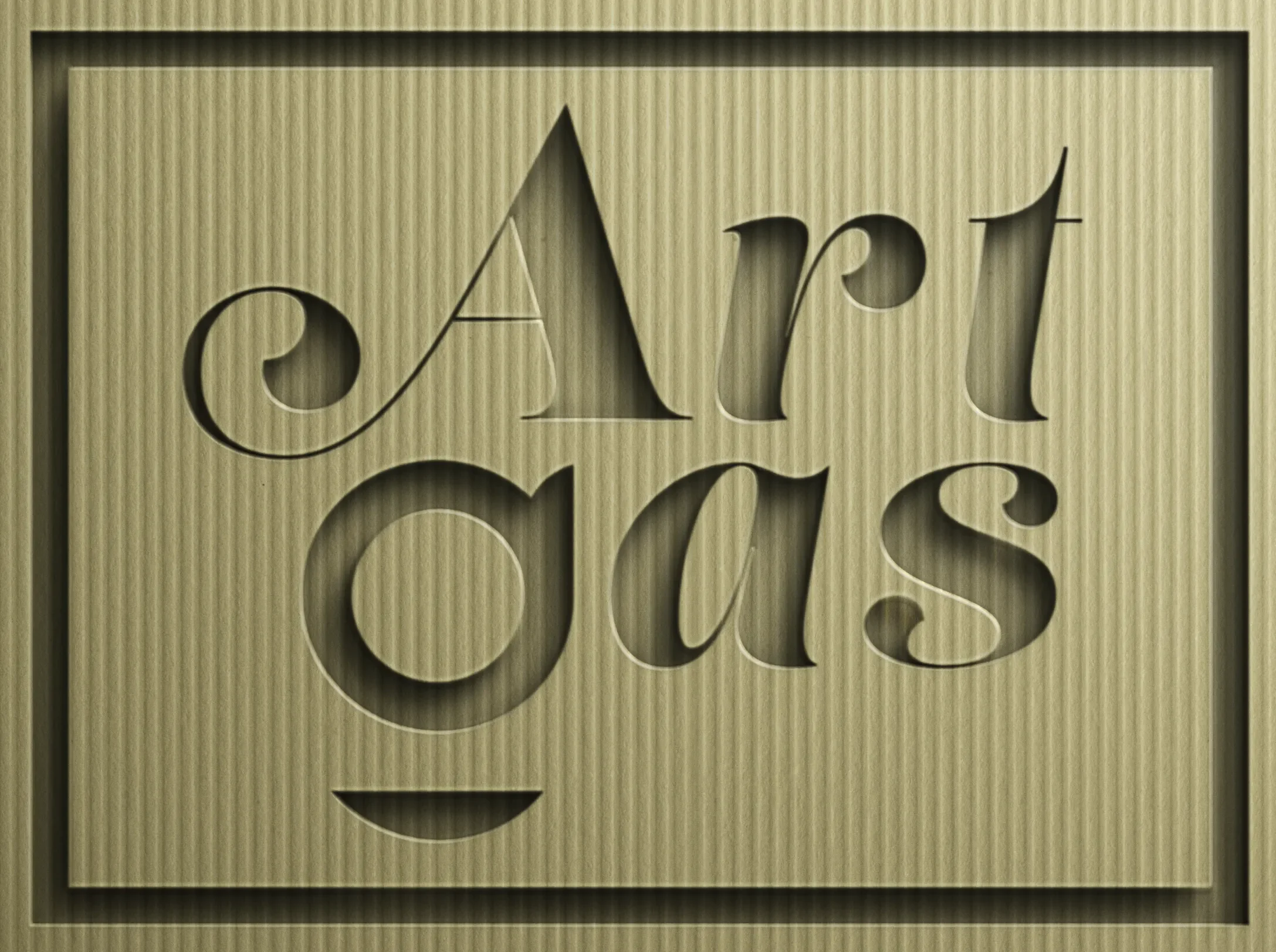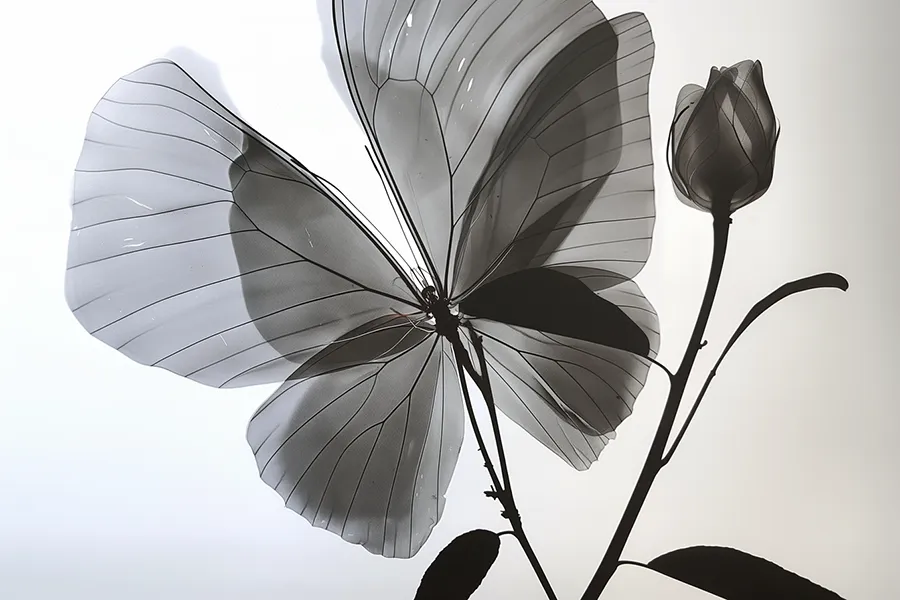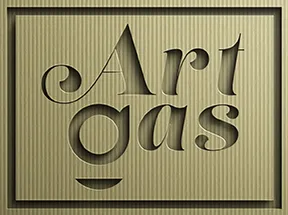Exploring the Invisible: The Fascinating World of X-Ray Art
Art has always been a reflection of human curiosity, pushing the boundaries of perception and understanding. X-Ray art, a mesmerizing intersection of art and science, offers a unique perspective on the world around and within us. This distinctive art form peels back the layers of its subjects, providing a transparent, ethereal view that is both intriguing and enlightening. In this comprehensive exploration, we dive into the heart of X-Ray art, unveiling its history, variations, and the digital frontier it has embraced. Discover why Art Gas’s collection of X-Ray art is an unmissable journey through the invisible.
Introduction to X-Ray Art
X-Ray art transcends traditional visual boundaries, allowing viewers to explore the internal beauty of natural and man-made objects. This form of art utilizes X-rays, a type of electromagnetic radiation, to capture images that reveal the inner complexity of its subjects without dismantling or destroying them. From the intricate structures of plants and animals to the hidden components of technological gadgets, X-Ray art unveils a world that is usually invisible to the naked eye.
Historical Overview and Popularity
X-Ray art’s origins are closely tied to the discovery of X-rays by Wilhelm Conrad Röntgen in 1895. Initially used for medical diagnostics, it didn’t take long for artists to recognize the potential of X-rays as a medium for creative expression. The 20th century saw sporadic but fascinating explorations into X-Ray art, with artists experimenting with its capabilities to reveal and reimagine the inner workings of various subjects.
The allure of X-Ray art lies in its ability to blend science and aesthetics, appealing to a wide audience that includes art enthusiasts, scientists, and the curious observer. Its popularity has grown with advancements in X-ray technology and digital manipulation, allowing for more detailed and artistic interpretations of X-ray images.
Classic Variations of X-Ray Art
- Botanical X-Rays: Focusing on the delicate structures of plants, revealing the intricate patterns of leaves, stems, and flowers.
- Anatomical X-Rays: Highlighting the complex beauty of animal and human anatomies.
- Mechanical X-Rays: Offering a glimpse into the inner workings of machines and gadgets.
- Aquatic X-Rays: Showcasing the skeletal forms of fish and other marine creatures.
- Feathered X-Rays: Capturing the fine details of bird feathers and structures.
- Insect X-Rays: Unveiling the detailed anatomy of insects, often overlooked by the naked eye.
- Composite X-Rays: Combining multiple subjects into a single image for abstract or narrative compositions.
- Fashion X-Rays: Revealing the structure of clothing, accessories, and fashion items.
- Jewelry X-Rays: Exposing the intricate craftsmanship of jewelry pieces.
- Cultural Artifacts X-Rays: Peering into the past through the internal examination of archaeological finds.
Digital and AI Variations of X-Ray Art
The digital era has ushered in new variations of X-Ray art, with artists leveraging technology to push the boundaries further:
- 3D X-Ray Rendering: Utilizing 3D modeling to create depth and realism in X-Ray images.
- Colorized X-Rays: Adding artificial color to X-Ray images to highlight different features and components.
- Interactive X-Rays: Creating digital experiences where viewers can explore different layers of an X-Ray image.
- AI-Enhanced X-Rays: Using artificial intelligence to enhance the detail and clarity of X-Ray images or to generate new forms of X-Ray art.
- Virtual Reality X-Rays: Offering immersive experiences that allow viewers to ‘step inside’ an X-Ray image.
- X-Ray Video: Animating X-Ray images to show movement, such as the mechanics of a ticking watch or the physiology of a moving creature.
- Digital Collage X-Rays: Combining X-Ray images digitally to create complex narratives or abstract designs.
- X-Ray GIFs: Creating short, looping animations that highlight particular features or movements within X-Ray images.
- Augmented Reality X-Rays: Overlaying X-Ray images onto physical objects through AR technology, providing an interactive learning tool.
- Hybrid X-Rays: Combining traditional and digital techniques to create unique, mixed-media X-Ray art.
Top 10 FAQs about X-Ray Art
- What is X-Ray art?
- X-Ray art is a form of artistic expression that uses X-rays to reveal the internal structure of various subjects.
- How is X-Ray art created?
- Artists use X-ray machines to capture images of their subjects. These images can then be enhanced or manipulated digitally to achieve the desired artistic effect.
- Is X-Ray art safe?
- Yes, when created by professionals using proper safety measures, X-Ray art is safe for both the artist and the subjects.
- Can anything be the subject of X-Ray art?
- Almost anything can be X-rayed, from organic subjects like plants and animals to inanimate objects like electronics and clothing.
- What makes X-Ray art unique?
- Its ability to reveal the unseen beauty and complexity of its subjects, offering a new perspective on familiar objects.
- How has technology impacted X-Ray art?
- Advances in X-ray technology and digital editing tools have greatly expanded the possibilities for X-Ray art, allowing for more detailed and creative expressions.
- Are there any famous X-Ray artists?
- While X-Ray art is a niche field, artists like Nick Veasey and Albert Koetsier are renowned for their contributions.
- Where can I see X-Ray art?
- X-Ray art can be found in art galleries, science museums, and online platforms dedicated to the intersection of art and science.
- How can I create my own X-Ray art?
- Creating X-Ray art requires access to X-ray equipment and knowledge of X-ray safety and techniques, often necessitating collaboration with medical or scientific professionals.
- What does X-Ray art reveal about the subjects it portrays?
- It exposes the intricate and often overlooked internal structures that contribute to the subject’s form and function, revealing a hidden dimension of beauty.
Noteworthy Artists and Resources
- Nick Veasey: A leading X-Ray artist known for his intricate and large-scale works. Visit Nick Veasey’s website for more information.
- Albert Koetsier: Specializes in X-Ray photography of botanical subjects. Explore his work at Albert Koetsier’s gallery.
Why Art Gas’s X-Ray Art Collection is a Must-See
Art Gas’s collection of X-Ray art stands as a testament to the mesmerizing beauty and complexity of the world around us. With both classic and digital variations on display, our collection offers a comprehensive look into the invisible, inviting viewers to explore the unseen with fresh eyes. From the intricate structures of the natural world to the hidden components of everyday objects, our X-Ray art collection reveals the unseen beauty and underlying unity of all things. It’s an invitation to look beyond the surface, to appreciatethe complexity and elegance that lie beneath. This unique blend of art and science not only enlightens but also inspires a deeper appreciation for both the natural and the constructed worlds. Here’s why exploring Art Gas’s X-Ray art collection is an enlightening journey not to be missed:
- Diverse Range of Subjects: Our collection showcases a wide array of X-Ray art subjects, from the delicacy of botanicals to the precision of mechanical objects, offering something for every viewer’s interest.
- Innovative Techniques: Featuring both traditional X-Ray techniques and cutting-edge digital and AI-enhanced variations, the collection highlights the evolution of this art form and its endless possibilities.
- Artistic and Educational Value: Each piece serves as a confluence of artistic expression and scientific exploration, providing insights into the anatomy and structure of its subjects while captivating the viewer’s aesthetic sensibilities.
- Exclusive Pieces by Renowned Artists: Art Gas is proud to host works from some of the most notable artists in the field, including exclusive pieces that can’t be found anywhere else.
- Interactive and Immersive Experiences: With the incorporation of digital and augmented reality technologies, visitors can engage with X-Ray art in interactive ways, offering an immersive experience that deepens understanding and appreciation.
Conclusion: The Invisible Made Visible
X-Ray art offers a rare glimpse into the unseen, merging art and science to reveal the hidden beauty of our world. It invites viewers to transcend the surface and explore the intricate details that lie beneath, promoting a sense of wonder and curiosity. The collection at Art Gas represents the pinnacle of this art form, encompassing a broad spectrum of subjects and techniques that celebrate the invisible made visible.
In a world often preoccupied with external appearances, X-Ray art serves as a reminder of the complexity and beauty that resides within. It encourages us to look closer, to see beyond the obvious, and to appreciate the unseen structures that underpin our reality. Whether you’re drawn to the aesthetic appeal, the scientific intrigue, or the technological innovation, Art Gas’s X-Ray art collection offers a profound and captivating experience that is sure to leave a lasting impact.
SEO Keywords
- X-Ray Art
- Digital X-Ray Art
- AI X-Ray Art
- X-Ray Photography
- Invisible Art
- Art and Science
- Nick Veasey
- Albert Koetsier
- Art Gas X-Ray Collection
- Electromagnetic Art


